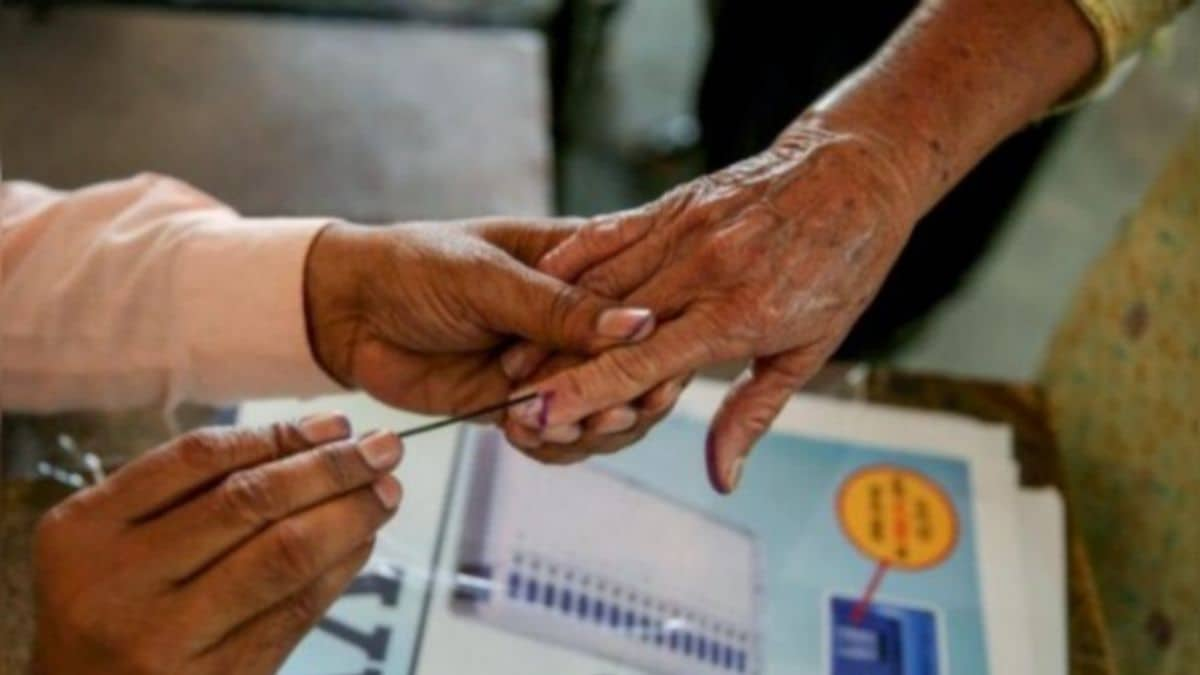

India is gearing up for a significant electoral reform, aiming to conduct simultaneous elections for the Lok Sabha and all state legislative assemblies by 2034. This ambitious plan, often referred to as "One Nation, One Election," seeks to synchronize the electoral process across the country, potentially streamlining governance and reducing the economic burden of frequent polls. The groundwork for this initiative is being laid through constitutional amendments and extensive consultations, with the goal of creating a more efficient and stable electoral environment.
The concept of "One Nation, One Election" isn't entirely new to India. Simultaneous elections were the norm from the first election in 1951 until 1967. However, political upheavals and early dissolutions of state assemblies led to staggered polls. The current push for simultaneous elections is driven by the desire to reduce election costs, ease the strain on administrative resources, and ensure more consistent governance cycles nationwide.
The Modi government is actively advancing its plan for implementing simultaneous national and state elections by 2034, with all state assemblies elected after 2029 expected to serve shortened terms to align with the general elections. According to PP Choudhary, chairman of the joint parliamentary committee (JPC) overseeing the bill, state assemblies elected after 2029 — such as Uttar Pradesh's in 2032 — may serve shorter terms, potentially as brief as two years, to ensure synchronisation with the Lok Sabha elections scheduled for 2034.
A constitutional amendment bill is in progress to enable this synchronization, potentially impacting the tenures of assemblies, such as Uttar Pradesh, to match the Lok Sabha's cycle. The groundwork is being laid through the Constitution (129th Amendment) Bill, 2024, which seeks to enable the “One Nation, One Election” system. The bill empowers the President to issue a notification after the first sitting of the Lok Sabha following the 2029 general elections, marking the starting point for the new synchronized electoral cycle. Assemblies elected after this notification will have terms ending concurrently with the Lok Sabha's term. If either the Lok Sabha or a state assembly is dissolved early, fresh elections will be held only for the remainder of the five-year term, preserving alignment.
The implementation of "One Nation, One Election" involves several key steps:
While the "One Nation, One Election" proposal has garnered support, it also faces significant criticism. Supporters argue that it would slash campaign costs, ease the strain on administrative resources, and streamline governance. Former President Ram Nath Kovind, who led a nine-member committee that recommended holding elections at the same time, called it a "game changer," citing economists who say it could boost India's GDP by up to 1.5%. The BJP argued that the model code of conduct cost India "800 days of governance" in the past five years by delaying welfare schemes.
Critics, however, warn that it could erode India's federal structure, concentrating power in the center and weakening states' autonomy. Regional political parties also argue that simultaneous elections would strain their electoral budgets and that local issues would not be represented in the national sphere. Concerns have also been raised about the potential for national parties to overshadow regional parties and the possibility of reduced accountability due to less frequent elections.
Despite these challenges, the Indian government is moving forward with its plans to implement "One Nation, One Election" by 2034. The coming years will be crucial in addressing the logistical, legal, and political hurdles that stand in the way of this ambitious electoral reform.